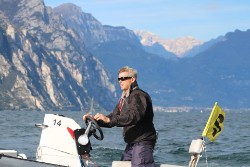
Welcome to the International Class Association website for the RS Aero. Here you will find all there is to know about the RS Aero including the latest news, how to register your boat, and links to relevant documents.
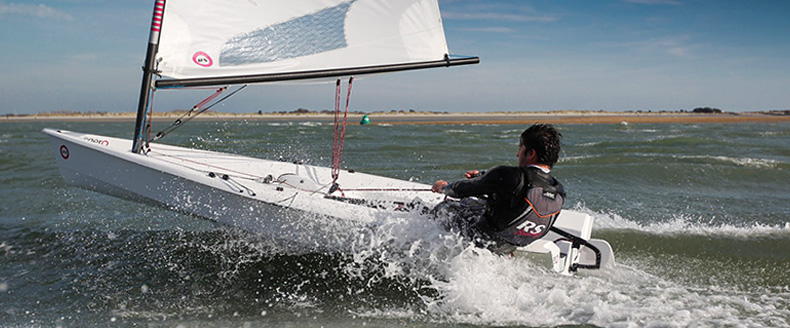
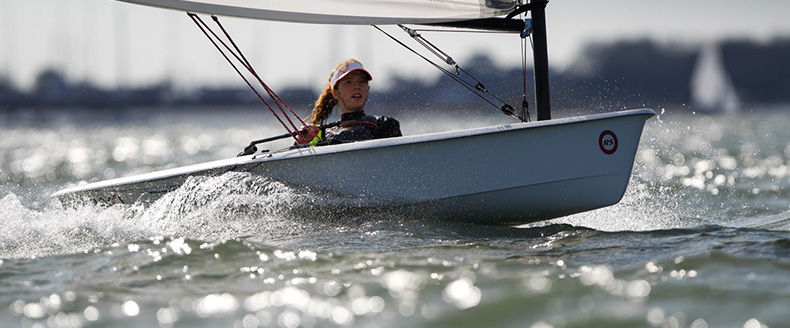
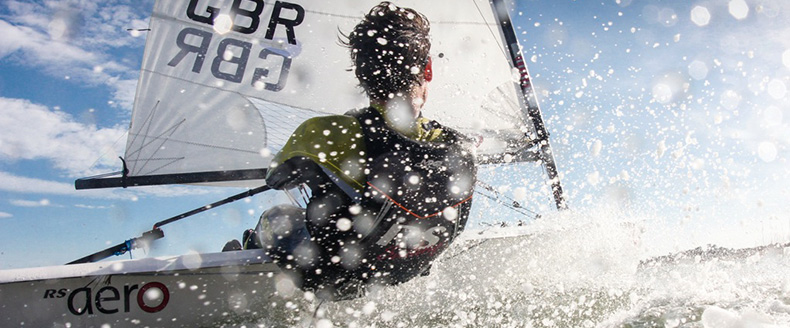
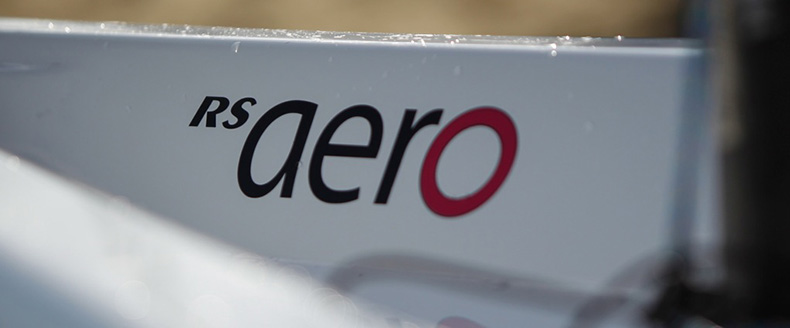
| Home >> Top Tips >> TopTip2020 #54 - Fast to the Front of the Fleet - Attila Banyai, HUN |
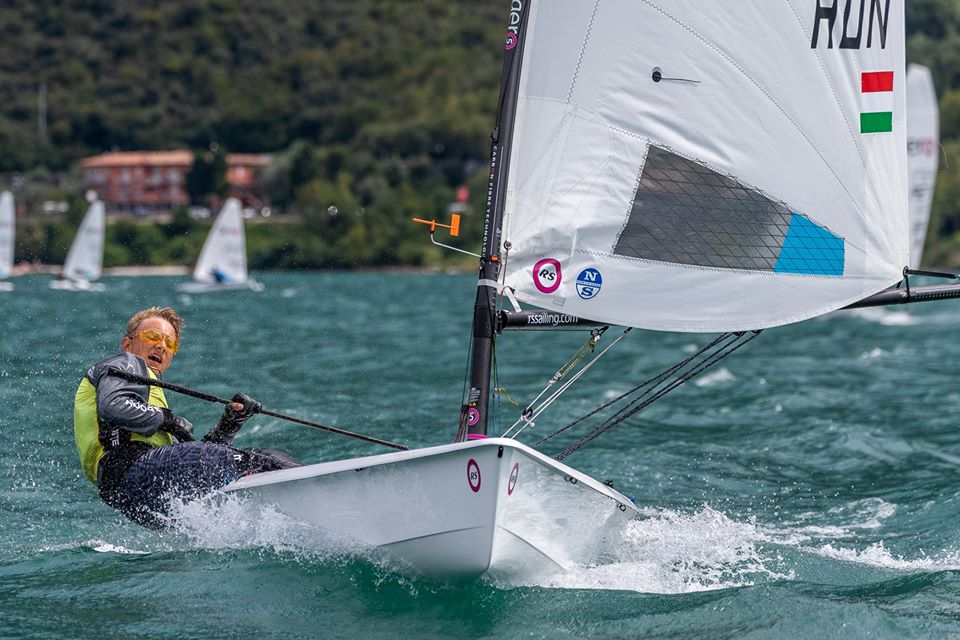 TopTip2020 #54
TopTip2020 #54 Fast to the Front of the Fleet
Attila Banyai, HUN
Attila Banyai of Hungary received his new RS Aero about a month before our RS Aero Europeans at Garda in 2019. As one of our younger competitors he worked very hard during that month to learn the RS Aero and practice sailing it ready for the Championships. His efforts were successful and he won the RS Aero 5 European title! Here he shares his insight into his preparations;
Hello Guys, I am going to share my TopTips of how to reach the front of the fleet. There are several things to consider...
Practice: The moment you go out sailing, try to make sure that there are no more than 5-6 knots of wind, otherwise it will only be a hiking day for you. When you get out onto the water, try to make save that you feel the balance of the boat. I think a big mistake a lot of people do, is that they start off with the manoeuvres. The first point is to build up a feeling, how the boat reacts to bigger waves, to some harder pulls on the mainsheet, etc. Afterwards, try out some movements with your body meaning, what happens e.g. when you move your upper body forward, when there is a big wave coming.
Be Open Minded: The problem is there is never one specific method, which is good for everyone. When someone wants to go at a lower angle with more speed in upwind, needs a completely different sail setting and a much different movement than someone who wants to go maybe slower but higher. The guy who wants to go like the more faster but lower way, needs to tilt his body forward on the waves so he can pass through the waves and not loose speed. On the other hand, the guy sailing the more slower put higher way, needs to always pull the sail on himself, so he gets like that pump into the sail, which gives him always a little power to pinch a bit more.
- how much rudder you need to use,
- how fast you need to get onto the other side, and
- how to hold your speed through the manoeuvre.
Event Preparation: But somewhere you need to show what you have learnt, and what you should show at the competition. So, at most of the competition you need to be really focused. When you get up in the morning, you should not be in hurry. There are lots of food you can eat, but try to eat protein, which you most of the time will need, also try to drink something which contains vitamins, and try to eat some bread or anything in which you find starch, so you have something that your body can burn if it needs to. Try to make three things sure;
- that you haven’t forgot anything in your room
- that your boat is complete
- that you are not late.
From there, just keep on concentrating and sail fast, so the others behind you will never be able to catch you!
Best Wishes from Hungary, Attila :-) '
Reply
22/05/2020 20:55:00
Peter Barton
Posts: 4681





